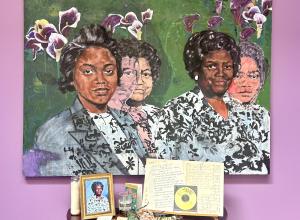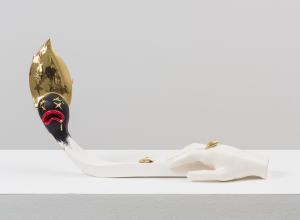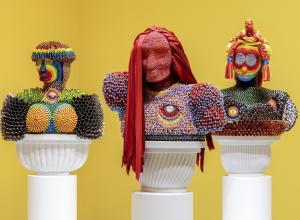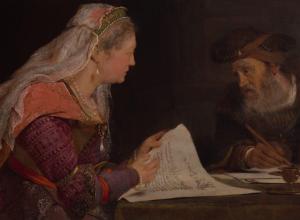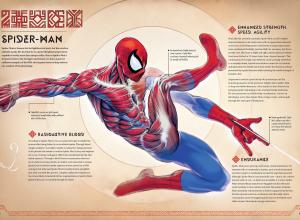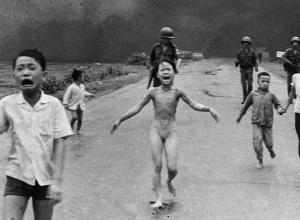Born to Ernest and Alice (later Monet) Hoschedé in 1878, Blanche Hoschedé-Monet was the second daughter of six children in the well-to-do Hoschedé family. Flush with funds from Ernest’s success as a businessman and department store magnet in Paris, the Hoschedés first came into contact with Claude Monet in 1876 when Ernest, an early impressionist art collector, commissioned Monet to paint decorative panels in the drawing room of his home, Château de Rottembourg.
However, not too long after, Ernst went bankrupt, losing his family’s home and his art collection in the process. The Hoschedés were by then quite close to the Monets and settled with them in a home in Vétheuil. Though, Ernst continued to spend the majority of his time in Paris before relocating entirely to Belgium. Alice and her children remained in Vétheuil with Monet and continued to live with him after the death of his wife, Camille, in 1879. Ernst and Alice never divorced, but by 1883, Claude and Alice were living together as a couple at their second and final home in Giverny. The two married after Ernst’s death in 1891.


![DEl Kathryn Barton [Australian b. 1972] the more than human love , 2025 Acrylic on French linen 78 3/4 x 137 3/4 inches 200 x 350 cm Framed dimensions: 79 7/8 x 139 inches 203 x 353 cm](/sites/default/files/styles/category_card_187x139/public/ab15211bartonthe-more-human-lovelg.jpg?itok=LJbNuU6F)

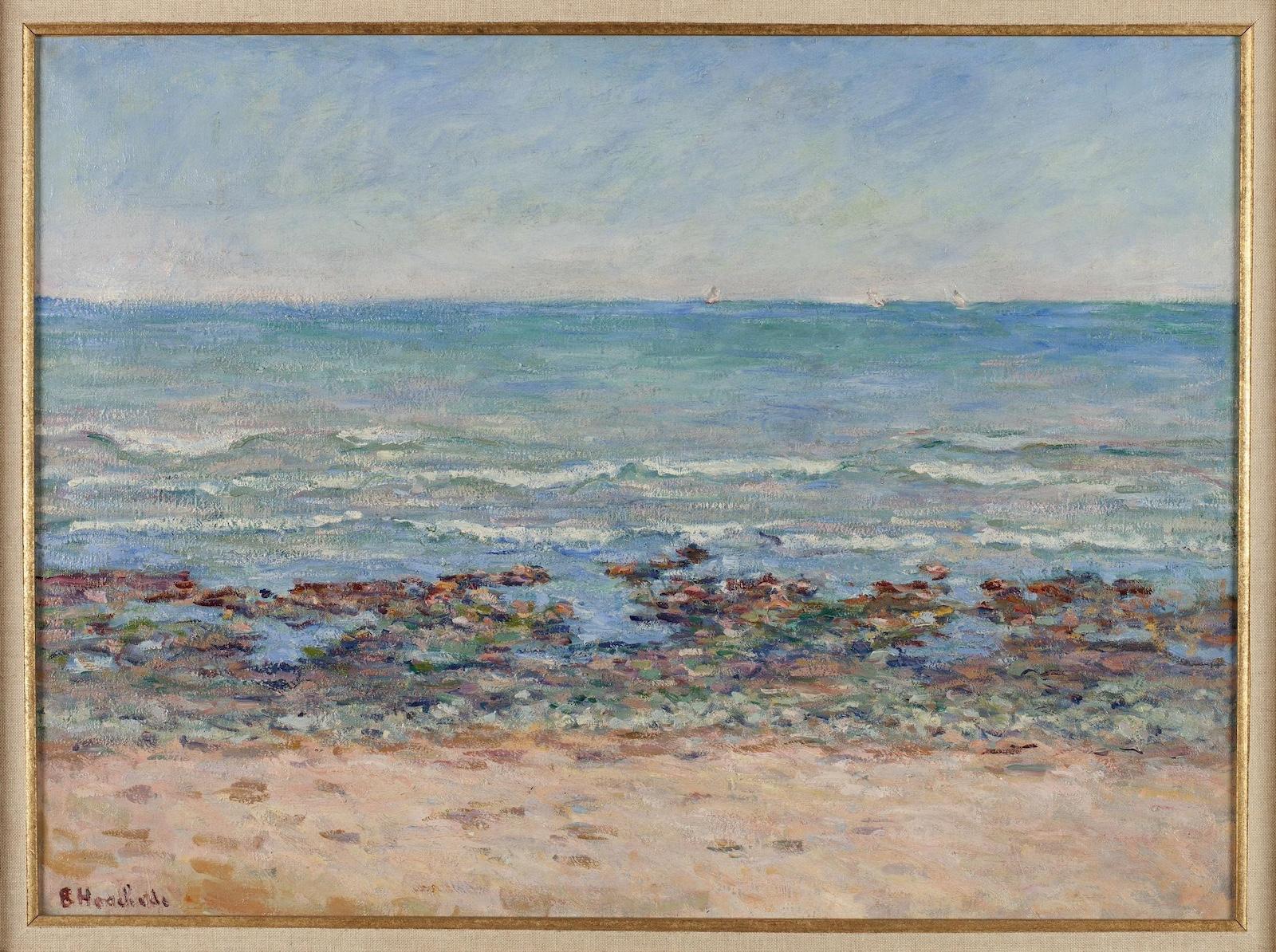
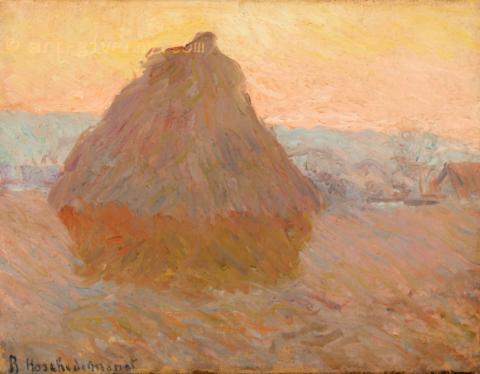
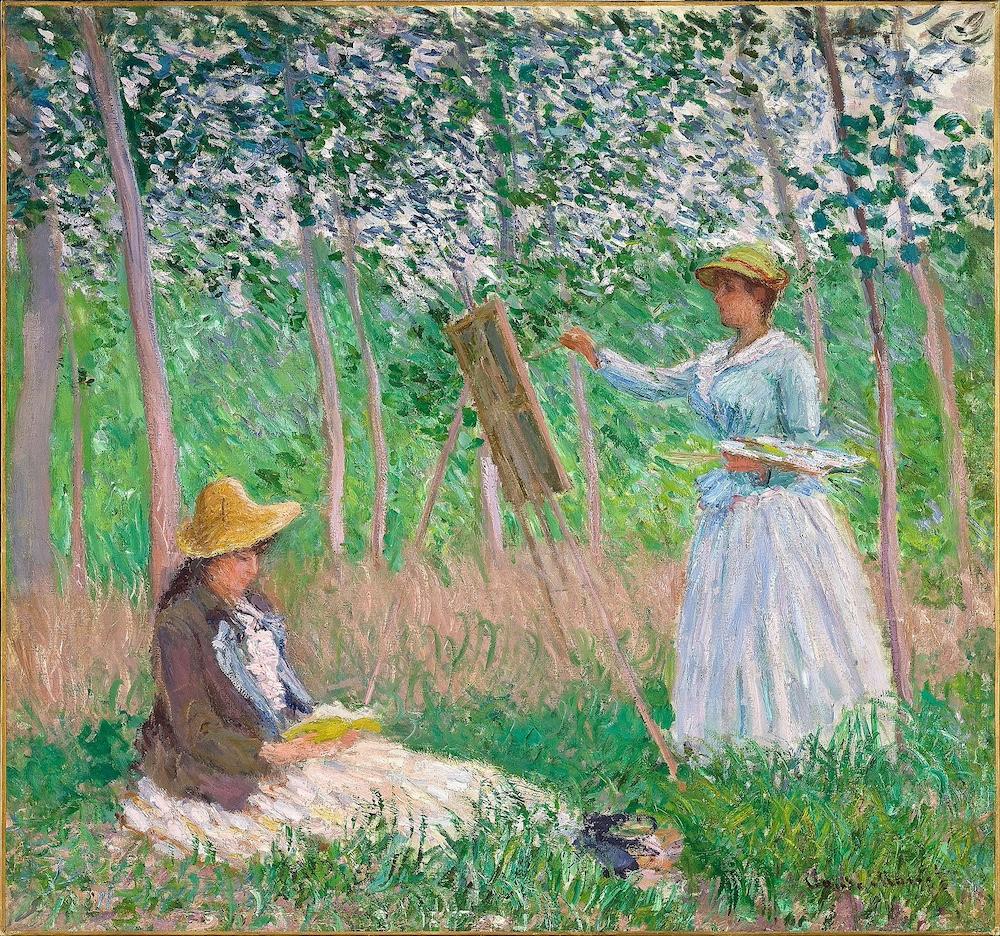
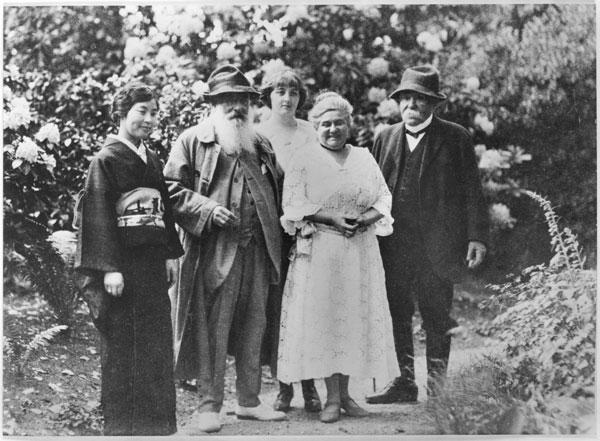
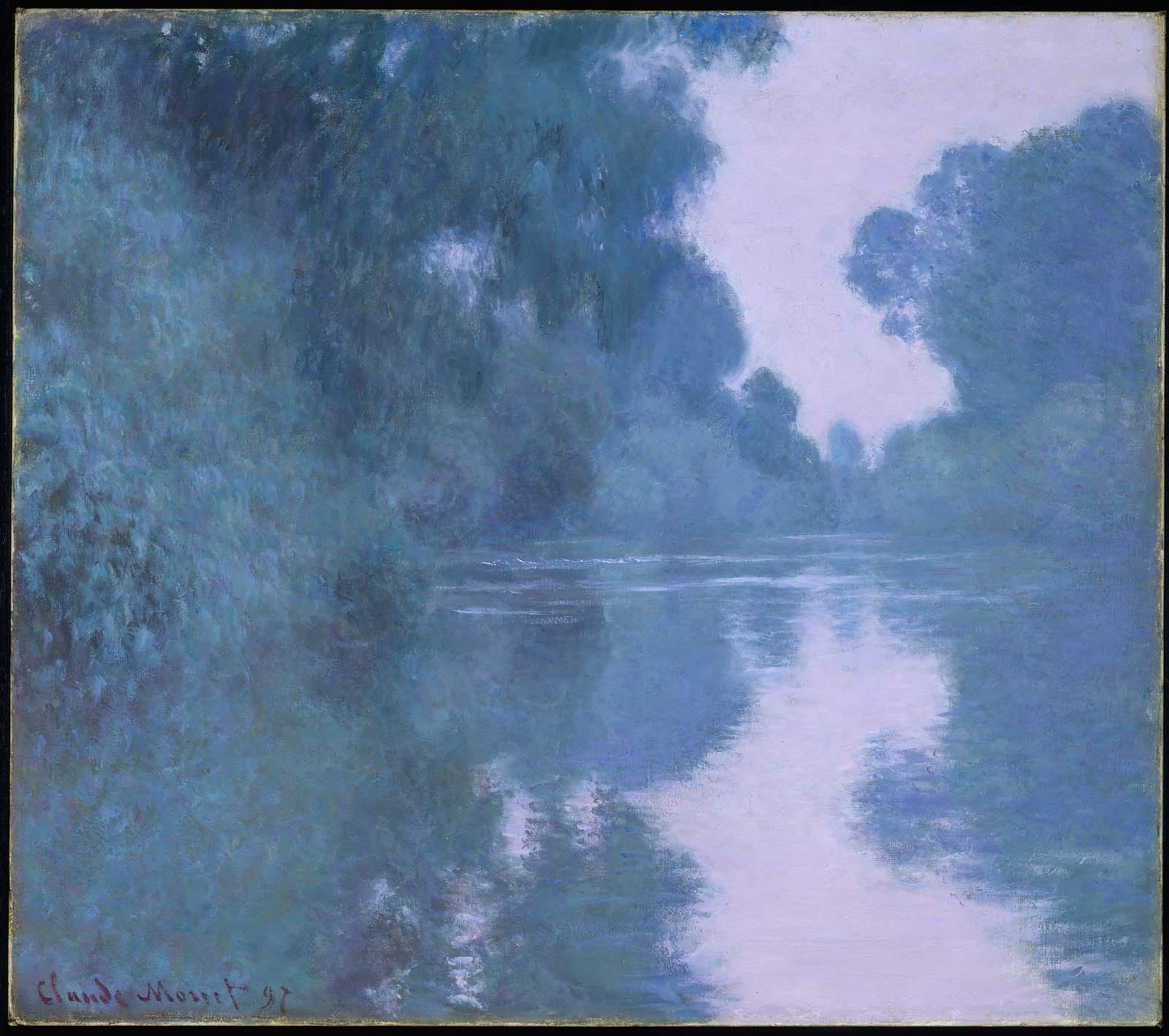
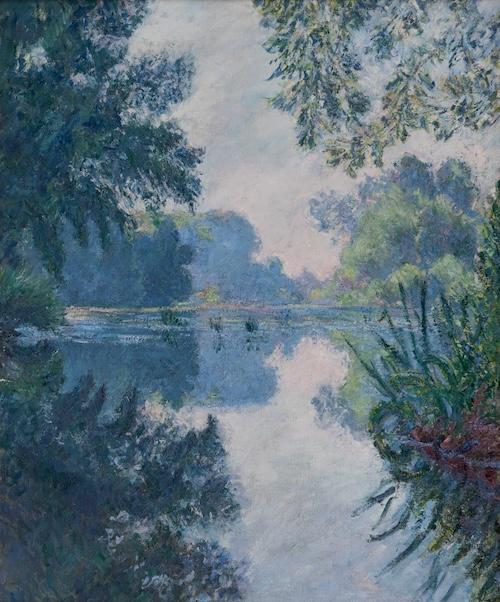

![DEl Kathryn Barton [Australian b. 1972] the more than human love , 2025 Acrylic on French linen 78 3/4 x 137 3/4 inches 200 x 350 cm Framed dimensions: 79 7/8 x 139 inches 203 x 353 cm](/sites/default/files/styles/image_5_column/public/ab15211bartonthe-more-human-lovelg.jpg?itok=wW_Qrve3)

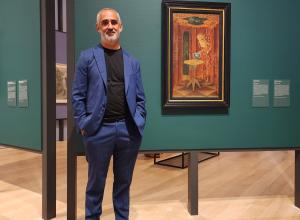


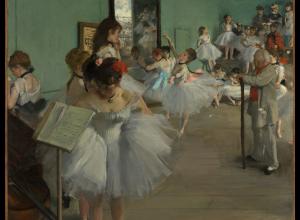
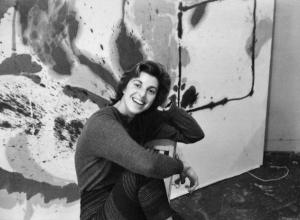

![DEl Kathryn Barton [Australian b. 1972] the more than human love , 2025 Acrylic on French linen 78 3/4 x 137 3/4 inches 200 x 350 cm Framed dimensions: 79 7/8 x 139 inches 203 x 353 cm](https://www.artandobject.com/sites/default/files/styles/image_5_column/public/ab15211bartonthe-more-human-lovelg.jpg?itok=wW_Qrve3)

